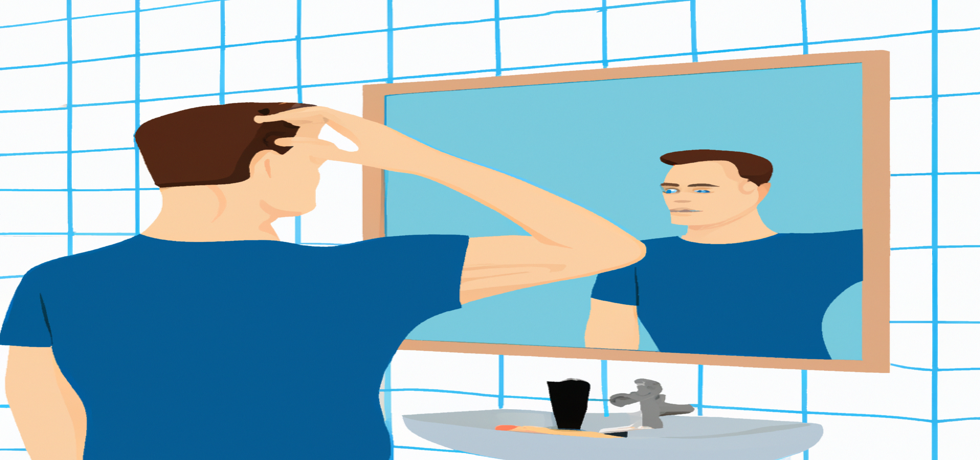
Understanding the Battle: Minoxidil vs. Finasteride
Your Guide to Effective Hair Loss Treatments
What is Hair Loss and What Causes It?
Hair loss, specifically androgenetic alopecia, is largely attributed to hormonal fluctuations that affect hair follicles. Dihydrotestosterone (DHT), a hormone derived from testosterone, binds to these follicles, leading to their gradual shrinkage and eventual hair loss. This process can result in different patterns of baldness among men and women. Given the distressing nature of hair loss, finding effective treatments is essential.
Introducing Finasteride: The DHT Blocker
Finasteride is a medication that acts as a 5-alpha-reductase inhibitor, effectively blocking the conversion of testosterone to DHT. As a result, finasteride can effectively reduce DHT levels in the scalp, helping to prevent further hair loss and promote regrowth. It generally comes in oral form but is not without its potential side effects, such as decreased libido or erectile dysfunction for some men. For men suffering from androgenetic alopecia, finasteride can significantly enhance hair density and foster a healthier appearance.
Minoxidil: The Vasodilator for Enhanced Blood Flow
Unlike finasteride, minoxidil is a topical treatment that increases blood flow to the scalp, thereby nourishing the hair follicles. Initially developed as a medication for high blood pressure, minoxidil was discovered to have a remarkable side effect – it encourages hair growth. Available as a foam or liquid solution, minoxidil must be used consistently for the best results, showing improvements primarily in hair thickness and volume rather than directly combating DHT.
Which One is Right for You?
The answer often lies in the unique needs of the individual. While finasteride is particularly effective for male pattern baldness due to its DHT inhibiting mechanism, minoxidil serves as a versatile solution for a range of hair loss conditions, including female-pattern baldness. Additionally, because minoxidil does not interfere with hormones, it can be a safer option for premenopausal women.
Combining Treatments for Optimal Results
Research suggests that a combination of both minoxidil and finasteride may lead to enhanced results than either medication alone. Utilizing both options can cover different aspects of hair loss treatment, maximizing the potential for successful regrowth and density.
Conclusion: Take the Next Step Towards Regrowth
The battle of minoxidil versus finasteride is not just a choice between two medications; it’s about tailoring a hair loss treatment plan that fits your specific needs. Common side effects exist, and it is important to consult with a healthcare professional to explore all options thoroughly.
For professional assistance and expert advice from leading dermatologists like Dr. Hital Patel, experience the benefits of Understanding the Battle: Minoxidil vs. Finasteride with Hair & Skin Specialist Dr. Hital Patel at The Skin Artistry. Our clinics in PDPU Gandhinagar, Vastrapur Ahmedabad and Hyderabad (Visiting Consultant) offer top-quality care and personalized treatments. Visit us today to learn more about our services and take advantage of our special offers! For more insights, updates, or to collaborate, stay connected with The Skin Artistry.

